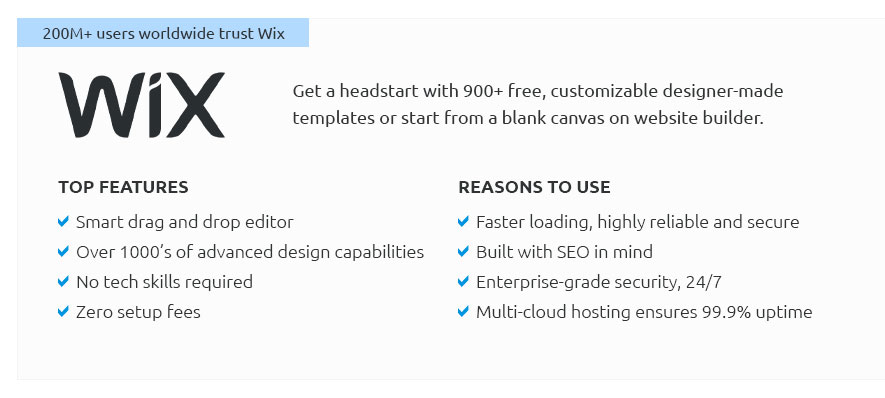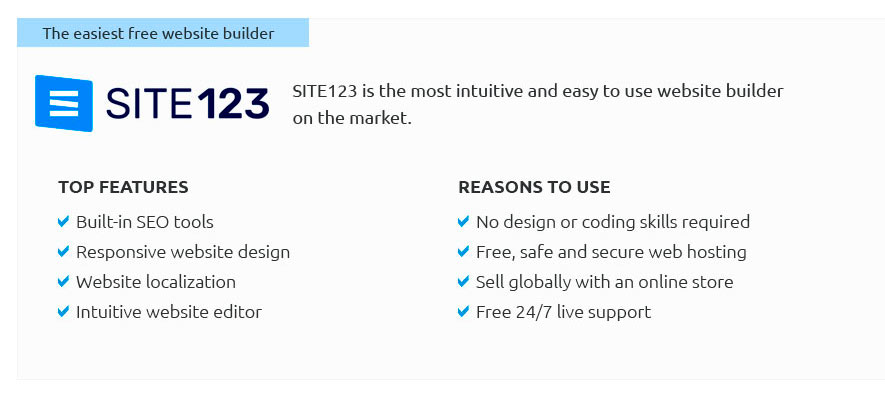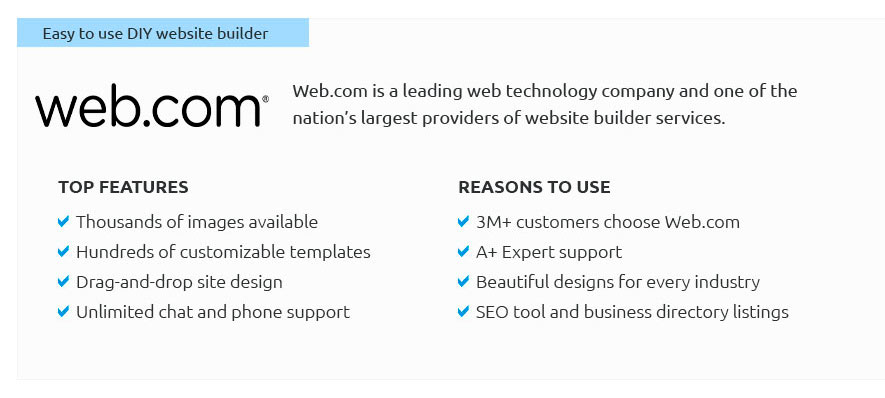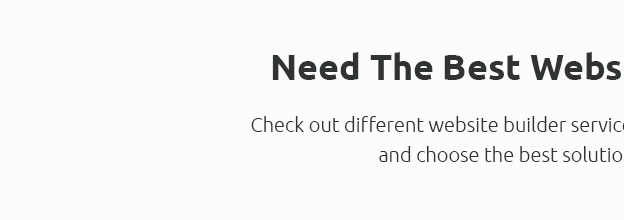 |
 |
 |
 |
|
 |
 |
 |
|
 |
|
 |
 |
|
 |
|
 |
|
 |
 |
How to Set Up Your Own Website: A Comprehensive GuideIn today's digital age, having a personal or business website is almost a necessity. Whether you're looking to showcase your portfolio, start a blog, or establish an online presence for your business, setting up a website can seem daunting at first. However, with a bit of guidance, you'll find that it's not as complicated as it seems. Here’s a step-by-step guide to help you embark on this digital journey. First and foremost, decide on the purpose of your website. This will guide every decision you make, from design to content. Are you building a personal blog, an e-commerce store, or perhaps a portfolio to showcase your work? Each type of website has specific needs and features that you should consider from the start. Once you have clarity on the purpose, choose a domain name. This is your website's address on the internet, like www.yourwebsite.com. Keep it short, memorable, and relevant to your site's content or your brand. It's worth spending some time brainstorming this, as a good domain name can enhance your site's appeal and help with search engine optimization (SEO). With your domain name in hand, it’s time to select a hosting provider. A web host stores your website's files and makes them accessible on the internet. There are numerous hosting services available, ranging from shared hosting, which is cost-effective and ideal for small sites, to dedicated hosting, which offers more resources for larger sites. Consider your site's expected traffic and budget when making this choice. Some popular options include Bluehost, SiteGround, and HostGator. Next, you’ll want to choose the right website-building platform. For beginners, platforms like WordPress, Wix, or Squarespace are user-friendly and provide a range of customizable templates. WordPress, in particular, is highly recommended due to its flexibility and a vast library of plugins that can enhance your site's functionality. While Wix and Squarespace offer more straightforward, drag-and-drop interfaces, WordPress requires a bit more learning but offers greater control in the long run.
After choosing your platform, start designing your website. This is where you can let your creativity shine. Use themes or templates as a starting point, but feel free to customize colors, fonts, and layouts to match your brand identity. Keep usability in mind; your website should be easy to navigate, with a clear menu structure and accessible content. Once your site is designed, it’s crucial to optimize for SEO. This involves using relevant keywords in your content, optimizing images with alt text, and ensuring your site loads quickly. SEO is vital for driving organic traffic to your site, so it's worth investing time to understand the basics or even consulting an SEO expert. Finally, before you launch, test your website thoroughly. Check that all links work, forms are functional, and that your site displays correctly on different devices and browsers. Once everything is in order, it’s time to go live! In conclusion, setting up your own website is a manageable task with the right approach. While it may require a bit of time and effort upfront, the benefits of having a personalized online space are immense. Not only does it provide a platform to express yourself or your business, but it also opens up opportunities for connection, engagement, and growth in the digital world. So, embrace the challenge and enjoy the creative process! https://www.wix.com/
Build a unique website in minutes with AI - Or start from a designer-made template - Customize to make it your own - Add anything you need for your business as you ... https://www.wix.com/blog/how-to-build-website-from-scratch-guide
How to create a website from scratch in 11 steps (for beginners). https://www.youtube.com/watch?v=eduJO54uCRU
Want to create a beautiful website fast? In this video I teach you How to Make a Website in just 10 MINUTES! You are only 5 simple steps ...
|